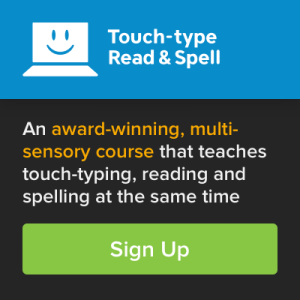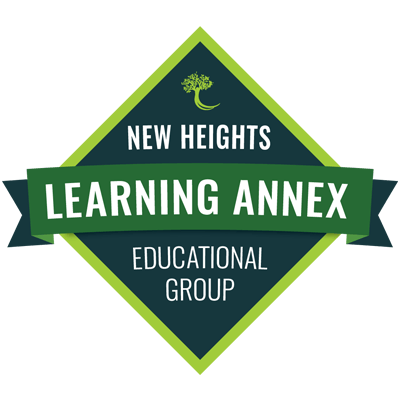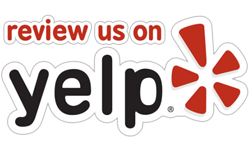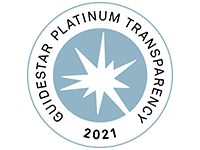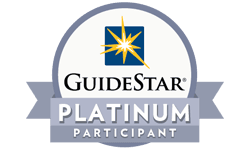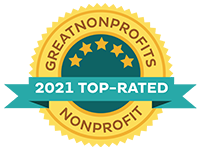NHEG Tracking Student Growth and Assessments
At NHEG, student growth is tracked with various tools and assessments, which help us determine where we place students in proper learning level classes. We are not big on testing or labeling students; we learn the most by working one-on-one with students and by listening to them and their parents.
We currently use Reading Success Lab and Irlen Screening as well as our own assessments in order to help place students in the proper learning level.
Every student receives an assessment/individualized education plan. These assessments are updated monthly with input from the director of NHEG, teacher or tutor assigned, class monitor and family served. We start with a letter from the parent introducing their child to the teacher or tutor assigned, any school reports, IEP’s from outside sources and test results.
After the student is placed in a tutoring program, they receive a private sign-in page to access important information such as curricula pages and all class recordings (for the student to review a class if needed). It also includes information on their teacher/tutor and photos of the teacher/tutor. They also receive a calendar of NHEG events and one for their tutoring.
At NHEG:
- We are always making advancements and strive to bring more resources to our students. We often share outside resources that may help the student in their journey.
- Every student needs personalized learning.
- We want what our families want for themselves, and we strive to help them reach all of their goals.
- We advocate and utilize whole-body learning and the use of Brain Gym exercises and plenty of water when learning. This of course isn’t a requirement but a suggestion.
Our methods have shown much success. In general, we see a two-year advancement in as little as nine months for those that stick with our program. The most we have seen is a four-year advancement in a little over a year. However, we can’t guarantee you will see the same success since every student is different.
Tools for Physically Impaired, Specific Learning Difficulties, like Dyslexic Students.

Touch-type Read and Spell (TTRS)
A way of learning that uses multi-sensory keyboarding to support language skills development and help individuals in mastering subject content – based on the Orton-Gillingham Approach.
How does the TTRS Method work?
Learners see, type, and hear text – and can pronounce target words and phrases alongside audio. The combination of diverse sensory input helps material ‘stick’, and the method makes use of modular lessons, repetition and dictation exercises to reinforce learning.
TTRS Method courses are appropriate for learners with…
- dyslexia
- dysgraphia
- motor skills coordination difficulties (dyspraxia)
- attention difficulties (ADD/ ADHD)
- visual processing disorders
- auditory processing disorders
- mixed expressive receptive language disorders
- apraxia of speech
The unique referral codes for Touch-type Read and Spell are:
Code: NHE10
